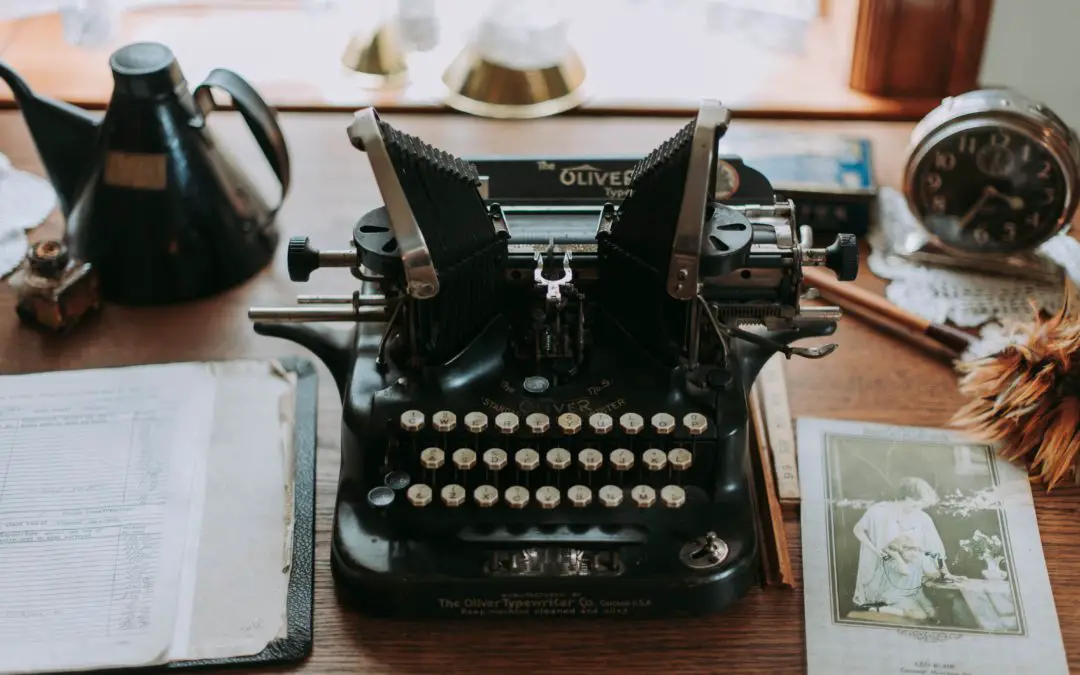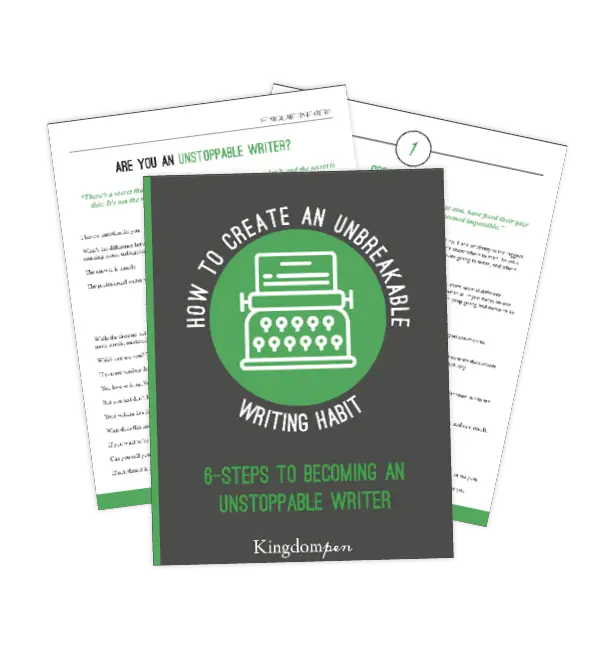By Rachel Leitch
Allow yourself the time to celebrate. I mean, you’ve finished drafting a novel! That’s a huge accomplishment in and of itself. Grab a vanilla chai and be proud of yourself. Tell anyone who will listen that you finished your book.
Oh, sorry. Finished your draft.
Then come back a few weeks later (however long you need). Open the drawer or file or secret lockbox and take a look at that wonderfully messy, chaotic draft.
Because drafting isn’t the end of your book. It’s time to start editing.
But where to start?
I get overwhelmed every time I start editing a first draft. Sometimes I don’t know how to get the big picture in my mind to paper. Sometimes I don’t even know what to look for.
This article (I hope) will give you a starting point and some practical steps from there.
What are the types of edits?
It’s important to understand the editing process. Otherwise, you will do as I did for many years and spend weeks fine-honing the phrasing of a scene that you will later cut entirely anyway.
Nadine Brandes (author of Fawkes, Romanov, and the Out of Time trilogy) explains it really well in this video, Understanding the Different Types of Edits.
Basically, a content edit is where you perfect your story (also called a macro edit or a big picture edit). A line edit is where you polish up your phrasing and word choice (also called a micro edit).
For years, however, I put these steps all out of order. I did three (or five) line edits on my own before I let any readers see it. At which point, they’d cut some of the scenes and characters I’d wasted so much time on.
So now we know what the edits are. What order do they go in? What is the process? Kara Swanson (author of the Heirs of Neverland duology and The Girl Who Could See) describes her process as this: rough draft, alpha readers, content edit and second draft, beta readers, line edit and third draft.
But wait! Don’t publishing companies have editors that do that for you? Yes . . . but no. While they will give your book a deep content and line edit when they accept it, they’re not going to accept a draft with numerous plot holes, flat characters, and poor phrasing.
You have to show that you have the initiative to follow through. You have to do your own content edit and line edit before you hand your book off.
Your draft doesn’t have to be perfect—perfection is impossible. But it does need to show that you care about your story and your writing. (Unless you want to be that author that editors whisper about over coffee.)
With the basics out of the way, let’s break down each step of the process.
Alpha Readers
I’m not going to spend too much time on readers because this is an article about what to look for when you’re editing.
Alpha readers are the people you give your messy draft to. You trust them. They’re not editing grammar and phrasing right now, they’re just looking at your plot, theme, and characters. They also give you those valuable first reader reactions so you know which characters and scenes are working and which ones aren’t. They care about your story as much (or almost as much) as you do.
I used to think this step came after a content and line edit. No one had any business seeing my rough draft! I wasted so much time polishing characters and scenes that I would ultimately cut. Even though it’s hard, surrender that messy draft.
Content Edit and Second Draft
Once you get your alpha edits back, it’s time to content edit. Applying these edits is called a second draft.
Your alpha readers have given you some pointers and reactions, but what else should you look for?
1. Character Arcs
A character arc is your character’s progression from their mindset at the beginning of the story to their mindset at the end.
2. Theme
Theme is the message or ideas you layer into your story to get your reader thinking.
3. Plot
Plot is the overarching story that runs throughout your novel.
4. Description
Beta Readers
After you’ve completed the content edit, send your second draft off to a team of beta readers. These may be people who read your draft back before the edit or they may be completely new to the story. They can let you know whether your second draft works, as well as point out technical errors you’ll need help spotting in the line edit. (If you get a lot of feedback that the things you fixed in the content edit aren’t working, go back, work through the content edit again, and try another draft.)
Line Edit and Third Draft
The line edit is where you break down the nitty-gritty details of your book. A content edit is an edit from your heart. A line edit is an edit from your head.
Typically, a line edit is the final edit you run (other than possibly a quick copy edit if necessary. A copy edit has nothing to do with the story and is strictly looking for errors in grammar). This results in your third and final draft.
Here are some things to look for as you approach your line edit.
1. Phrasing and Word Choice
This is where you make your sentences sound pretty. Or mysterious. Or dark. Or bright and happy. Or whatever vibe you’re going for.
2. Weasel Words
Author Angela Hunt coined the term “weasel words” in her series of writing craft books. You know those words you use over and over in your writing and never notice? Readers will pick up on those with the snap of a finger. Suddenly, they won’t even be thinking about your story. They’ll just be wondering when your weasel word will pop up again. (Mine are ellipses points and “perhaps.”)
Once you discover you might have a weasel word, type it in your find box to see how many times it appears. If the answer is “way too many,” use your replace box to sort through them and replace or delete a few.
3. Consistency
Maybe your character wore a red scarf at the top of the page, but now they’re wearing a blue one. Maybe you said they were sixteen in your opening chapters, but only a few pages later, they were seventeen with no explanation why. Maybe Zakhar didn’t trust Sasha throughout the story, but later he’s going on a mission with her with no acknowledgement of his previous or current distrust. It’s much easier to catch those little things (which can be really big things) reading through the draft in a line edit, then while you’re picking apart the story in your content edit.
4. Final Cuts
Any more scenes or characters you find have no purpose? Maybe a pet one you’ve been hanging onto in some desperate hope readers wouldn’t pounce on it? Cut them. It may have taken you this long to say goodbye to them, but now it’s time to be ruthless.
5. Grammar
Everyone’s very favorite part of editing, right? This includes:
Conclusion:
And there you have it! Your book is squeaky clean and polished. It’s ready to pitch to an agent or publishing company. Or it’s ready for you to self-publish. Either way, it’s ready to meet its destiny.
As I mentioned above, no matter how much editing you do, a publishing company will still run their own content and line edit on it. Be confident in the fact that you have brought it as far as you can bring it. Now it’s time to accept some help. You may want to hire an editor to look it over before you begin pitching and especially if you’re about to self-publish (since self-publishing does not include the content and line edit of traditional publishing).
Editing can be hard. It can be discouraging. But hopefully this checklist will help you feel more confident and ready to change the world through your book.
Because with a well-polished book in your hands, who’s going to stop you?
*What’s the hardest part of editing for you? What’s your favorite part of editing? Let me know in the comments below!*
Rachel Leitch
Rachel Leitch discovered the book of writing when she was seven. She’s been turning pages ever since! When she’s not hidden away penning young adult historical adventures, she’s trying to fit all her reads on her shelf in a somewhat organized manner, rambling through history, daydreaming at the piano, or teaching students to be just as bookish as she is. In all her adventures, she learns how to shine brighter for the Father of Lights.
For more lessons drawn from books and movies and other stories (and to receive a free digital short story), follow her adventure journal at https://racheljleitch.weebly.com!




Definitely going to be using all of these questions next time I edit. It makes it so much more simple knowing exactly what issues to look when going back through your story. Thanks for the amazing article and tips Rachel!
You are very welcome! I’m so glad it helped you.
Great job! Thanks for the tips!
Thank you so much for reading!
This was super helpful, Rachel! I will definitely be referencing this as I edit my own book! 🙂
Oh, yay, I’m so glad!!!